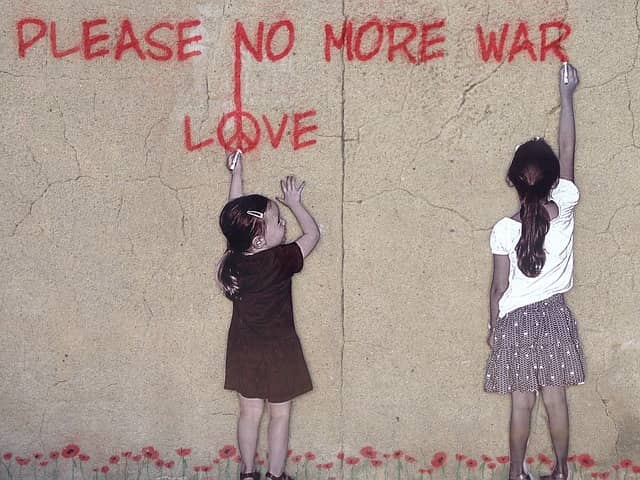Children during Independence and their incursion into the armed struggle
During the 19th century, children between the ages of 8 and 16 had a battlefield as a playground, participating in the Mexican War of Independence.

With their short stature and innocent faces, infants between 8 and 16 years old, had for their playground and school a battlefield, in which, just like adults, during the 19th century, they participated in the battles of the Mexican War of Independence against the Spaniards.
Despite their young age, children such as Narciso Mendoza (11-12 years old); Martín Carrera (9 years old); Mariano Arista (11 years old), and Juan Nepomuceno Almonte (8 years old), to mention a few, had relevant participation in the different moments of Mexico's historical life.
Children joined the armies at an early age, practically after reaching what today is called third childhood (between 7 and 8 years old), when they had already survived diseases such as smallpox and measles, among others.
From that age on, they were already considered as part of the "people of reason", because, during the 19th century, sanitary conditions were not so favorable, and this resulted in extremely high infant mortality rates. It is not possible to explain the participation of some characters in the history of Mexico, without knowing, in the first instance, what was the origin of their incursion into the public life of the country. Because suddenly they are found leading armies in their adulthood, but very few are aware of the fact that they started as children, that is to say, there is a long history behind them.
Others of the little ones who ventured into the combat fields during the war of independence were José Timoteo Rosales (11 years old); Vidal Alcocer (13 years old); Pedro María Anaya (15-16 years old); Antonio López de Santa Anna (16 years old) and Manuel Lombardi (12 years old), who were cadets of the Royalist Army, and by the year 1821, they joined the Trigarante Army, helping to consummate the movement of the country's independence.
Prior to that year, during the siege of Cuautla, in 1812, the defense of the place by the Children's Company of the American Army, better known as Los Emulantes, was outstanding. The children's battalion was led by Juan Nepomuceno Almonte, son of José María Morelos y Pavón.
These children were the ones who broke the fire against the attack of the royalist general Félix María Calleja. In this battle, the participation of Narciso Mendoza stood out, who at only 12 years old, lit the fuse of a cannon and fired it against the enemy army, making them retreat. His feat made him go down in history as El Niño Artillero (The Gunner Boy).
Mexico in the 19th century, as an agrarian country in which poverty also prevailed, children, in addition to entering the battlefields, also had to participate in the family economy, which made it difficult for them to attend school. They were subjects who also had to bring sustenance to their homes. Many children worked as grape harvesters in the markets or in defined jobs, for example in the pottery kilns. This situation prevented children from going to school and illiteracy was common at the time.
If life was difficult for boys in the 19th century, it was even more difficult for girls. They had to adopt the role of housewives and work alongside their mothers, in addition to serving as soldiers during the war. Keep in mind that Hidalgo's and Morelos' troops were constantly on the move, and there was no way to resist in combat without the soldaderas, who were the wives and mistresses, as well as the girls. In addition to preparing food for the armies in campaigns, the minors also developed roles as informants and couriers.
The subject of children in history has not been addressed in-depth, particularly because for the 19th century and earlier, there are very few documentary sources that help to reinterpret or approach the participation of children in armed movements in Mexico. Not so, in the case of the Mexican Revolution, of which there is a slightly broader documentary spectrum of the participation of minors, which lies mainly in photographic records.
Source: INAH




